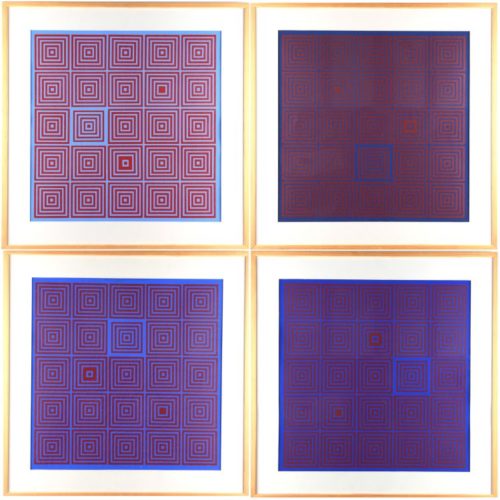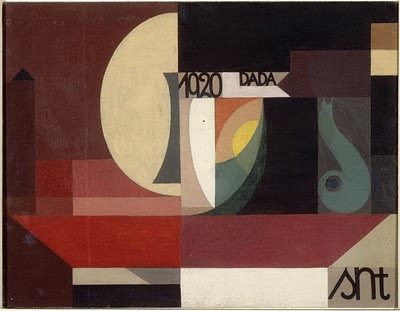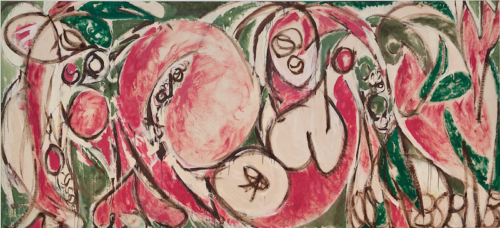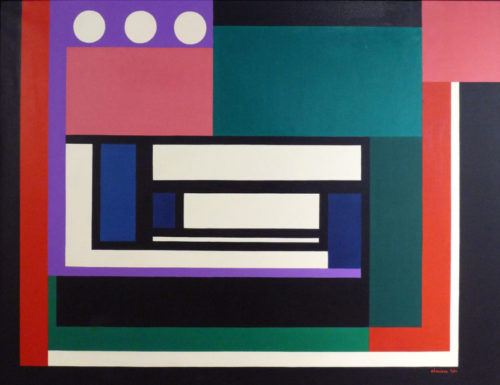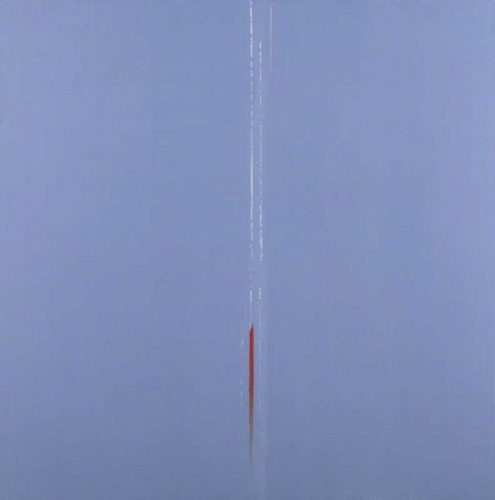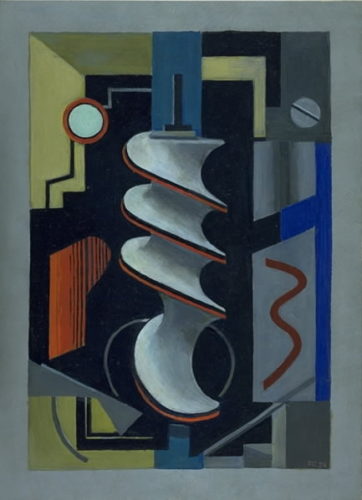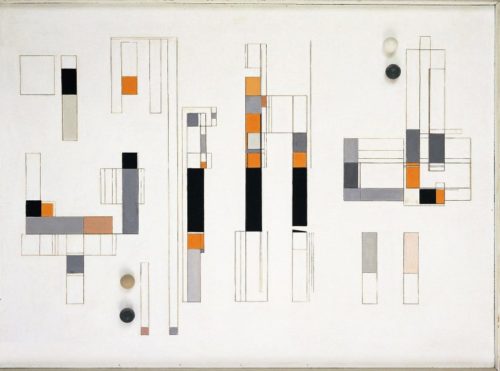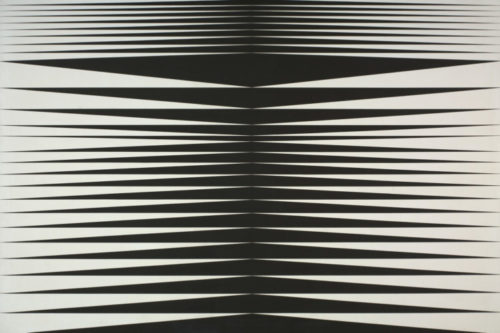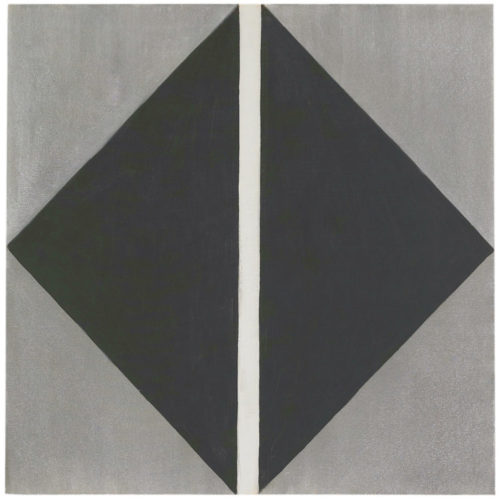|
Agnes Martin
www.artistwebsite.com
The regularity and sobriety of Agnes Martin’s forms often prompt people to associate this major 20th century figure with the Minimalist movement. Yet she herself reckoned that she was closer to the Abstract Expressionists, her contemporaries, and her first models in painting.
|
|
Marcelle Cahn
www.artistwebsite.com
Very little is known about the discreet Marcelle Cahn. Born under German rule to a music-loving family of bankers and traders, she was fluent in both German and French. She studied literature and philosophy at the University of Strasbourg, where local artists Émile Schneider, Joseph Sattler, and Georges Ritleng taught her drawing.
|
|
Vera Molnar
www.artistwebsite.com
After studying at the School of Fine Arts in Budapest and discovering Cubism, Vera Molnár went to Rome in 1947 to continue her research into geometric painting, but she swiftly returned to Paris. Impressed by the work of Le Corbusier and Fernand Léger, she aimed at a more radical style.
|
|
Genevieve Asse
www.artistwebsite.com
For Geneviève Asse freedom, while growing up, meant solitude. On the Rhuys peninsula in Brittany, where she and her twin brother were left in their grandmother’s care, she immersed herself in the immensity of the sky and the sea, and in the vast library of the Bonnervo manor.
|
|
Sophie Taeuber-Arp
www.artistwebsite.com
The daughter of a German father and Swiss-German mother, Sophie Taeuber grew up in an environment in which art and culture were part of daily life. In St Gallen she learned textile design, embroidery and lacework, then studied in the “experimental studios” of Hermann Obrist and Wilhelm von Debschitz in Munich where she learned a variety of techniques, including woodworking and architecture.
|
|
Aurelie Nemours
www.artistwebsite.com
For many years, Aurélie Nemours worked alone, venturing further into the starkness of lines and the intensity of colours. It was only later in life that the importance of her work was recognised. Orphaned at 2 years of age – her father, the owner of an embroidery company, was murdered – she had a strict upbringing and at the age of 9 entered a religious institute, Institut de la Tour.
|
|
Bridget Riley
www.artistwebsite.com
Bridget Riley grew up in a well-to-do family that sought refuge in Padstow, Cornwall, during World War II. Starting in her early childhood, she developed a keen sense of observation and a strong affinity with nature.
|

